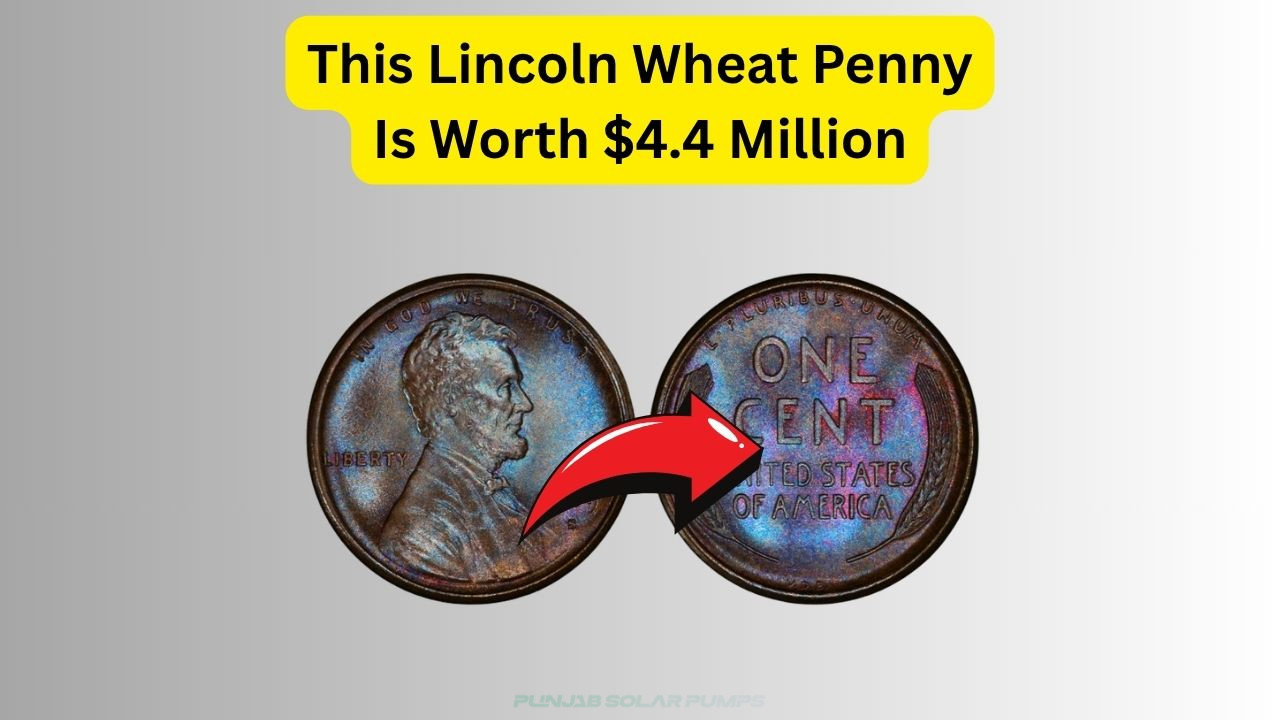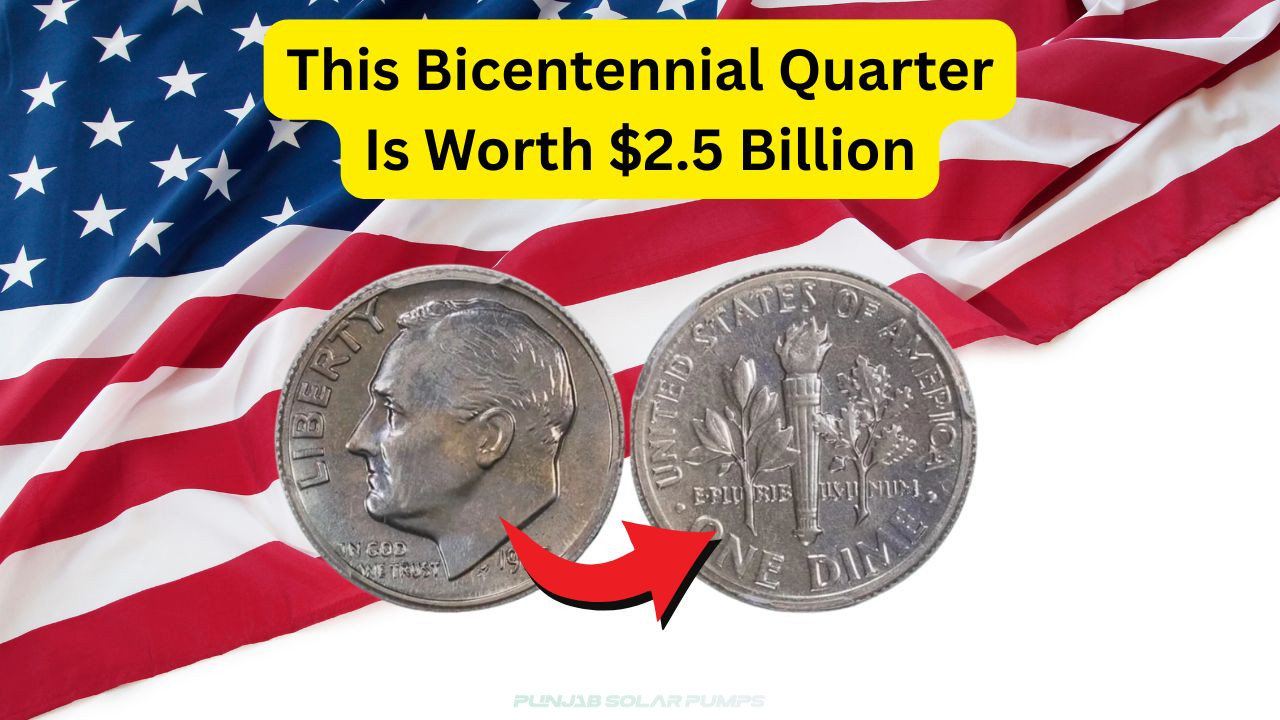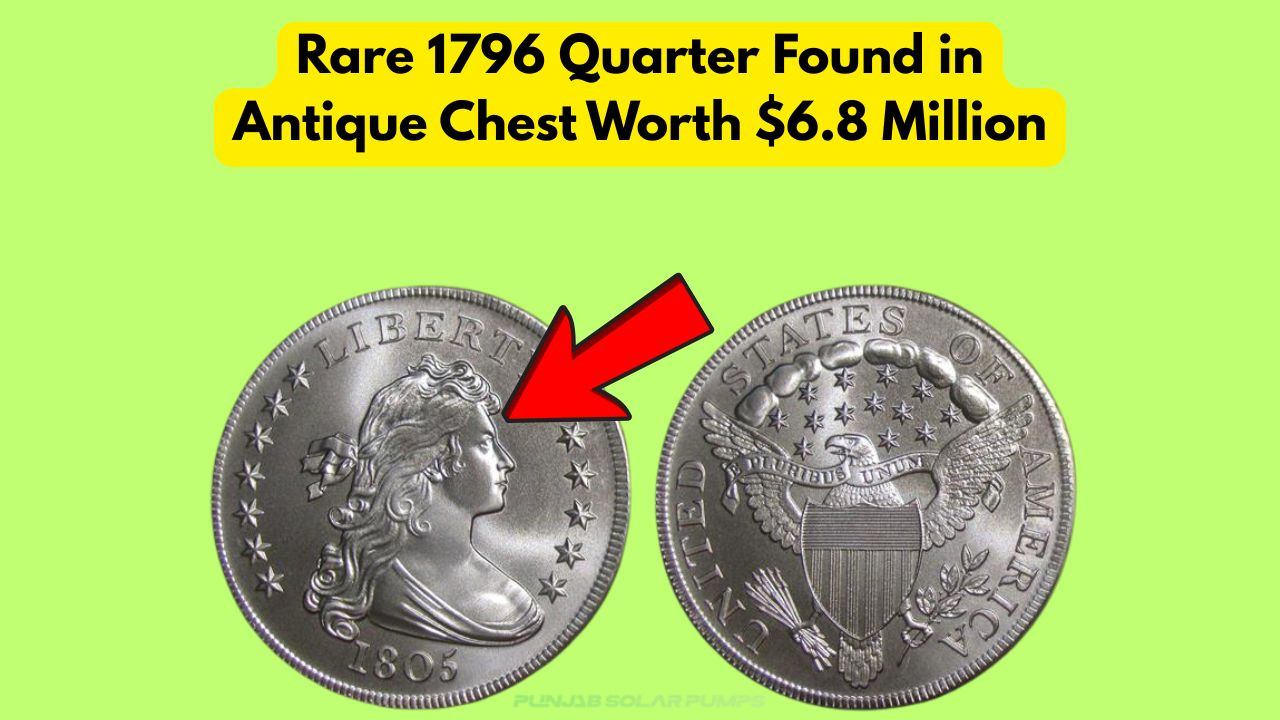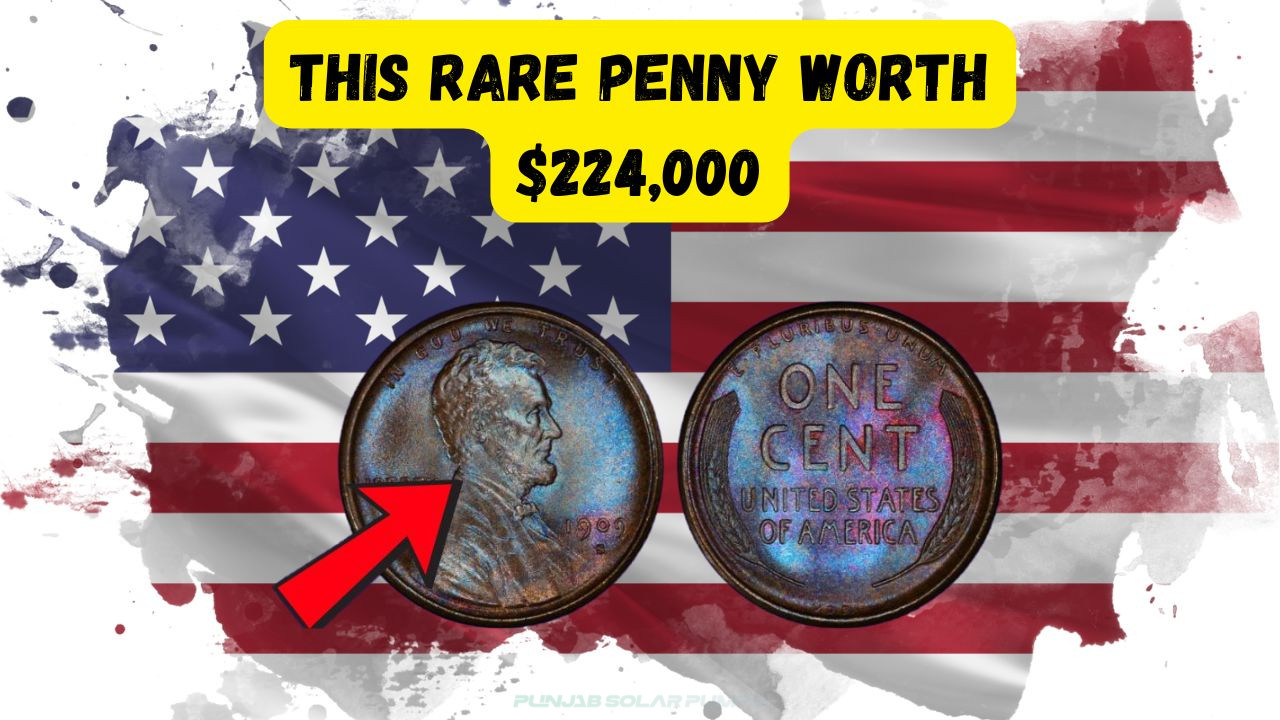Lincoln Wheat Penny Worth $168K
Discovering a Valuable Lincoln Wheat Penny
Lincoln Wheat Penny Worth $168K: Imagine casually reaching into your pocket for loose change and uncovering a coin that could be worth a small fortune. The Lincoln Wheat Penny, particularly the rarest editions, can indeed be worth up to $168,000. These coins, minted from 1909 to 1958, are often treasured by collectors for their historical significance and intricate design. Understanding which specific variations of the Lincoln Wheat Penny hold such a high value is essential for anyone hoping to strike it rich with their coin collection.
- The Lincoln Wheat Penny was first minted in 1909.
- Key dates to watch for include 1909-S V.D.B., 1914-D, and 1922 plain.
- Condition greatly affects the value of these coins.
- Coins with mint errors are particularly valuable.
Factors Influencing the Lincoln Wheat Penny’s Value
The value of a Lincoln Wheat Penny is influenced by several factors. Primarily, the coin’s rarity is a significant determinant. Certain years, such as the 1909-S V.D.B. and the 1914-D, were minted in limited quantities and are highly sought after by collectors. Additionally, the condition or grade of the coin plays a critical role. Coins that have been preserved in mint or near-mint condition are considerably more valuable than those showing signs of wear and tear. Furthermore, unique minting errors can make a specific penny exceptionally valuable, as collectors often prize these one-of-a-kind variations.
- The rarity of the coin’s mint year.
- The coin’s condition or grade.
- Presence of minting errors.
- Historical significance of the year minted.
Evaluating Your Lincoln Wheat Penny Collection
Evaluating a Lincoln Wheat Penny collection involves a detailed understanding of numismatic principles. Collectors should start by identifying the year and mint mark of each penny, as these are primary indicators of rarity. It is also crucial to assess the coin’s condition using a standardized grading scale, which ranges from poor to mint state. Professional grading services can provide an accurate assessment and authentication, which is vital for high-value coins. Beyond the individual evaluation, collectors should consider the historical context of their pennies, as coins minted during significant periods in history may carry added value.
| Year | Mint Mark | Rarity | Condition | Value Range | Notable Features | Market Trends | Collector Demand |
|---|---|---|---|---|---|---|---|
| 1909-S V.D.B. | S | High | Mint State | $100,000 – $168,000 | Rare mint mark | Increasing | High |
| 1914-D | D | Moderate | Good | $200 – $20,000 | Low mintage | Stable | Medium |
| 1922 Plain | None | High | Fine | $700 – $12,000 | No mint mark | Increasing | High |
| 1943 Bronze | None | Extremely High | Mint State | $100,000+ | Mint error | Increasing | Very High |
| 1955 Double Die | None | High | Very Fine | $1,500 – $17,000 | Double die error | Stable | High |
| 1931-S | S | Moderate | Good | $100 – $200 | Low mintage | Stable | Medium |
| 1926-S | S | Moderate | Fine | $30 – $150 | Scarce | Stable | Medium |
Identifying Rare Lincoln Wheat Pennies
Identifying rare Lincoln Wheat Pennies requires a keen eye and attention to detail. Collectors should focus on specific years and mint marks that are known for their scarcity. The 1909-S V.D.B. is one of the most famous rare pennies due to its limited production. Similarly, the 1914-D penny, produced in Denver, is another valuable coin. The 1943 Bronze penny stands out as an anomaly, as it was mistakenly struck on bronze planchets instead of steel, making it incredibly rare and valuable. Collectors should also be aware of minting errors like the 1955 Double Die penny, which is highly prized.
- 1909-S V.D.B.
- 1914-D
- 1943 Bronze
- 1955 Double Die
Understanding Historical Context
Understanding the historical context of Lincoln Wheat Pennies enriches the collecting experience and adds depth to the value of the coins. Each penny tells a story from its year of minting, reflecting the economic, political, and social landscapes of its time. For instance, the 1909 release coincided with the centennial of Abraham Lincoln’s birth, adding historical significance to these coins. During the Great Depression, minting was often reduced, leading to the scarcity of certain years like the 1931-S. Recognizing these historical narratives allows collectors to appreciate their coins beyond monetary worth.
- 1909: Centennial of Lincoln’s birth
- 1931: Impact of the Great Depression
- 1943: World War II and material changes
- 1955: Post-war economic boom
Evaluating Coin Condition
Evaluating the condition of Lincoln Wheat Pennies is a meticulous process that significantly impacts their value. Coins are graded on a scale from poor to mint state, with criteria such as luster, strike, and surface marks considered. A mint state coin will exhibit a fresh, uncirculated appearance, free from wear. Coins with even minor circulation may be graded as fine or very fine, which still hold value but are less desirable to collectors. Cleaning coins is discouraged, as it can reduce their value. Instead, collectors should store their coins properly to maintain their condition.
- Mint state: No wear, full luster
- Very fine: Light wear on high points
- Fine: Moderate wear, details visible
- Poor: Significant wear, loss of detail
Professional Coin Grading Services
| Service | Reputation | Certification | Turnaround Time | Cost | Added Value |
|---|---|---|---|---|---|
| PCGS | High | Yes | 4-6 weeks | Moderate | Increases marketability |
| NGC | High | Yes | 3-5 weeks | Moderate | Offers certification |
| ANACS | Moderate | Yes | 6-8 weeks | Low | Recognized grading |
| ICG | Moderate | Yes | 5-7 weeks | Low | Affordable grading |
| CGA | Low | No | 8-10 weeks | Lowest | Basic grading |
| GSA | Low | No | 9-11 weeks | Lowest | Non-certified |
Preserving Your Coin Collection
Preserving a Lincoln Wheat Penny collection is crucial for maintaining its value over time. Collectors should store coins in a controlled environment, avoiding exposure to moisture and extreme temperatures. Using proper storage solutions, such as coin albums or holders, prevents physical damage and tarnishing. Regularly inspecting coins for signs of wear or environmental damage can help catch issues early. Avoid handling coins with bare hands, as oils from the skin can cause deterioration. By taking these precautions, collectors can ensure their pennies remain in excellent condition, preserving both their historical and monetary value.
- Use coin albums for storage.
- Control humidity and temperature.
- Inspect coins regularly.
- Avoid direct handling.
Understanding Market Trends
Understanding market trends is vital for collectors looking to buy or sell Lincoln Wheat Pennies. The coin market can be influenced by economic factors, collector interest, and historical events. In recent years, there has been a growing interest in rare pennies, leading to increased demand and prices. Staying informed about auction results and dealer inventories can provide insight into current market conditions. Additionally, networking with other collectors and attending coin shows can offer valuable perspectives on market dynamics. By staying attuned to these trends, collectors can make informed decisions about their collections.
- Follow auction results.
- Network with other collectors.
- Attend coin shows.
- Monitor dealer inventories.
Frequently Asked Questions
What makes a Lincoln Wheat Penny rare?
Rarity is often due to limited mintage, historical significance, or minting errors.
How can I tell if my penny is valuable?
Check the year, mint mark, and condition. Consider professional grading for high-value coins.
Are all minting errors valuable?
Not all minting errors are valuable, but unique or rare errors can significantly increase a penny’s value.
Where can I sell my Lincoln Wheat Pennies?
You can sell them at coin shows, through online auctions, or to reputable coin dealers.
How do I start collecting Lincoln Wheat Pennies?
Begin by learning about the different types and values, and start with a few key date pennies.






